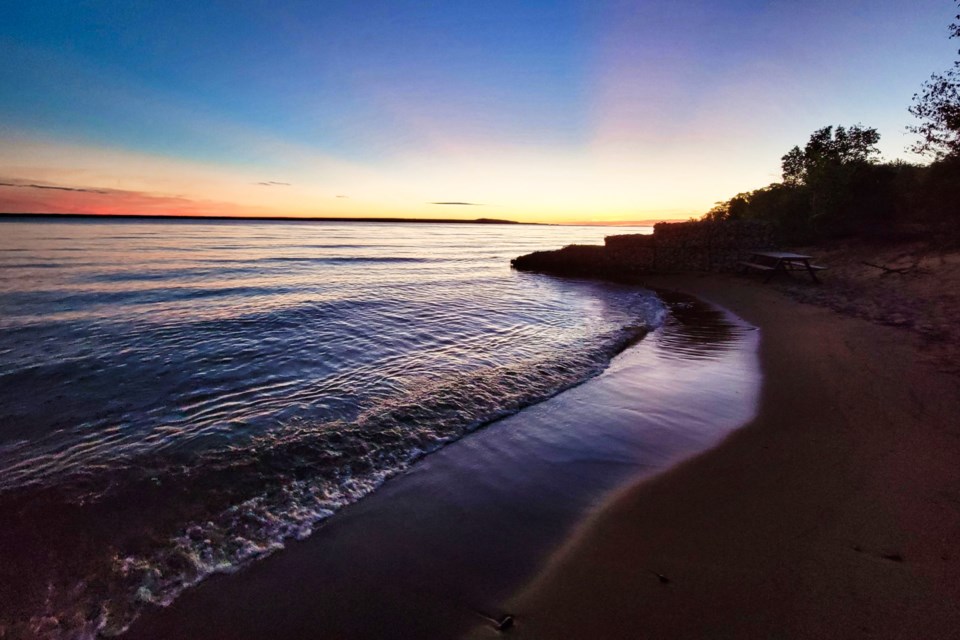With conditions "much wetter than average" in the Lake Superior and Lake Michigan-Huron basins in June, lake levels are on the rise.
So reports the International Lake Superior Board of Control, which says Lake Superior rose by 15 cm (5.9 in) last month. The seasonal long-term average pattern is for the big lake to rise just 8 cm (3.1 in) in June.
Meanwhile, Lake Michigan and Lake Huron rose by 8 cm (3.1 in) last month. For those lakes, the seasonal long-term average pattern is for water levels to rise by 5 cm (2.0 in) in June.
While conditions have been wet, Lake Superior is only slightly above its seasonal long-term average level as of the beginning of July.
The board said the lake-wide average water level of Superior was 2 cm (0.8 in) above the seasonal long-term average (1918-2023) but 17 cm (6.7 in) below the level of a year ago.
The lake-wide average water level of Lake Michigan-Huron was 11 cm (4.3 in) above the seasonal long-term average (1918-2023) at the beginning of July and 1 cm (0.4 in) above the level of a year ago.
All three lakes are expected to continue their seasonal rise over the coming month.
If weather and water supply are near average, Superior may rise by about 4 cm (1.6 in.) and Lake Michigan-Huron may rise by about 1 cm (0.4 in).
If much wetter than average, Superior may rise by as much as 11 cm (4.3 in) and Lake Michigan-Huron may rise by as much as 7 cm (2.8 in), the board estimated.
The board was reminding anglers and other users of the St. Marys Rapids to be cautious of increasing flows and water levels in the rapids in July.
The gate setting of the Compensating Works will be increased from the current setting of four gates fully open to a setting equivalent to about six gates fully open.
On Monday, July 8, Gates #9 through #15 will be raised to a setting of 135 cm open and the St. Marys Rapids flow will increase from approximately 640 m3/s to 850 m3/s.
Gate #16 will remain at 5 cm open to facilitate sea lamprey trapping.
The International Lake Superior Board of Control is responsible for managing the control works on the St. Marys River and regulating the outflow from Lake Superior into Lake Michigan-Huron.
